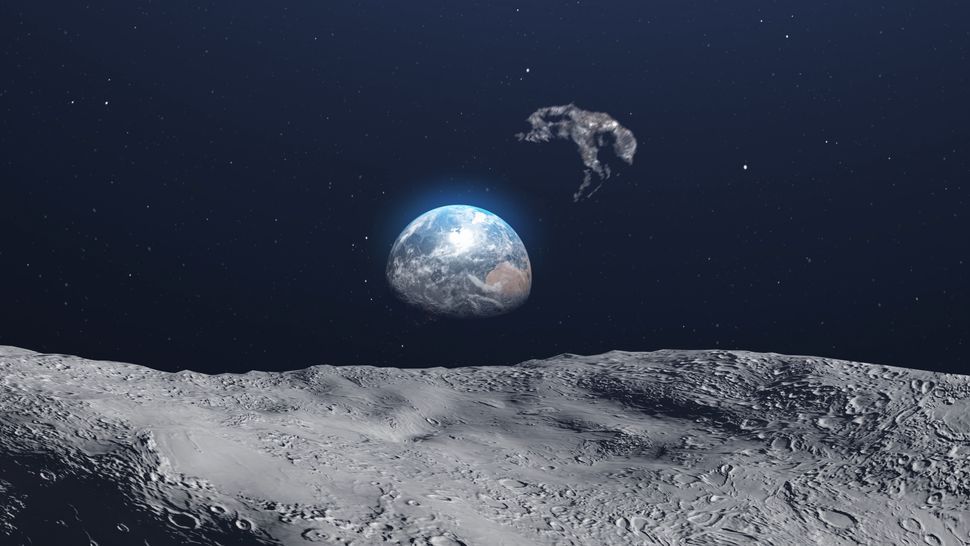
A recent analysis reveals that an asteroid capable of causing catastrophic damage to a city has approximately a 1 in 43 chance of colliding with Earth in 2032. Interestingly, calculations suggest an even lower probability that it might instead strike the moon.
On February 7, NASA’s researchers reassessed the odds of asteroid 2024 YR4 impacting Earth on December 22, 2032, increasing the likelihood from 1.2% to 2.3%—almost doubling the previous estimation.
This potentially dangerous asteroid measures around 180 feet (55 meters) in diameter—roughly equivalent to the height of Walt Disney World’s Cinderella Castle—and is hurtling through space at nearly 30,000 mph (48,000 kph). While it may not be large enough to threaten human existence, its impact could obliterate a significant urban area, producing approximately 8 megatons of energy—over 500 times greater than the atomic bomb dropped on Hiroshima, Japan. What would happen if it struck the moon instead?
David Rankin, an operations engineer at the University of Arizona’s Catalina Sky Survey, shared insights in a Bluesky post, indicating that the asteroid has a 0.3% chance of impacting our moon. Should such a collision occur, the event would likely be observable from Earth, although residents would probably remain unaffected.
“There’s a possibility that some debris could be ejected and potentially reach Earth, but I doubt it would pose any significant risk,” Rankin mentioned to New Scientist.
Nevertheless, Rankin also stated that based on current assessments, a lunar collision could unleash an energy release equivalent to more than 340 Hiroshima bombs, making it highly visible from our planet.
In contrast, Gareth Collins, a planetary science professor at Imperial College London, assured New Scientist that “we would be quite safe on Earth,” adding that any fragments resulting from the collision would likely disintegrate in our atmosphere.
Related: How many meteorites strike the moon annually?
Over its lifespan, the moon has endured numerous asteroid impacts, evidenced by its heavily cratered surface. If 2024 YR4 were to collide with the moon, it could leave a crater measuring up to 1.2 miles (2 kilometers) wide, as reported by New Scientist. (In comparison, this is minor next to the moon’s largest known crater, the South Pole-Aitken basin, which spans over 1,500 miles (2,400 km) in diameter.)
The likelihood of the asteroid colliding with either Earth or the moon remains minimal. An international group of scientists has been recently granted emergency access to the James Webb Space Telescope to gather more information regarding the asteroid’s dimensions and trajectory before it becomes obscured for the next few years.
So far, astronomers have analyzed 2024 YR4 using terrestrial telescopes to estimate its size based on reflected light. However, this method is less precise. The JWST will provide measurements of the asteroid’s heat emissions, resulting in clearer data on its size and surface features.
“Currently, there is still a 97.9% chance that the asteroid will miss Earth,” Rankin stated in an email to Live Science. “The increased odds from 1% to 2% caused quite a stir, but it’s important to note that this is not the same as jumping from 40% to 80%. This asteroid is not a cause for concern.”









